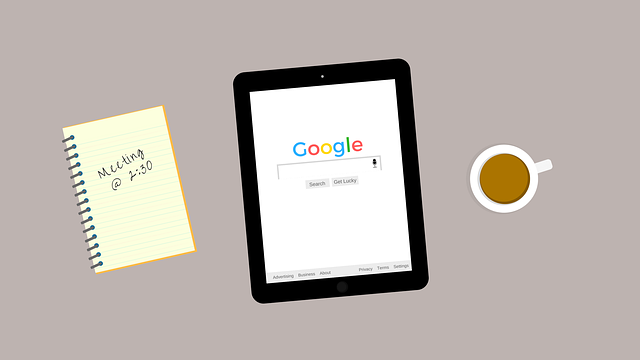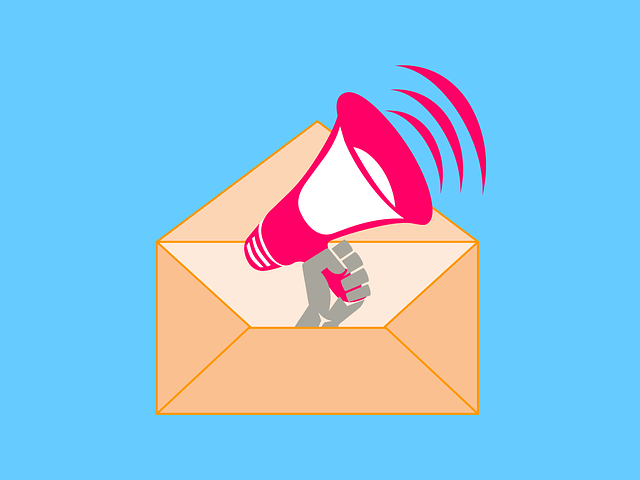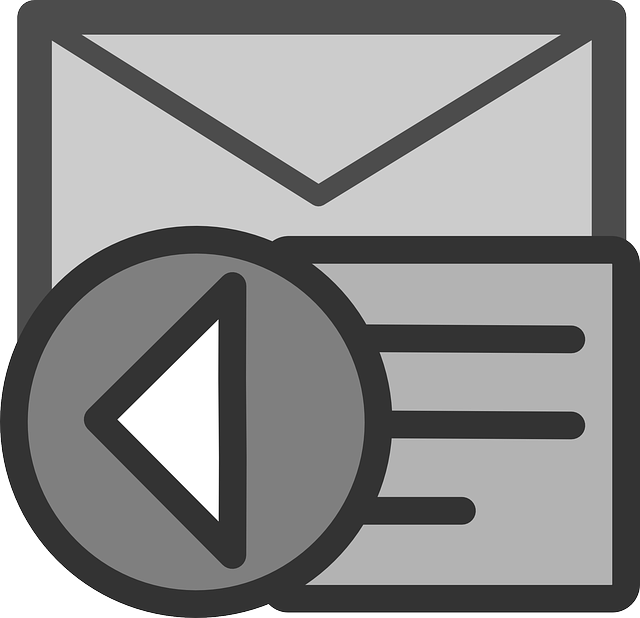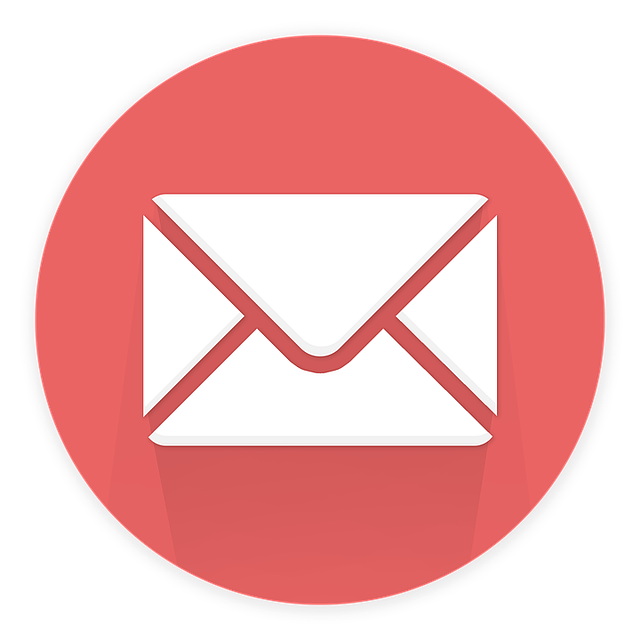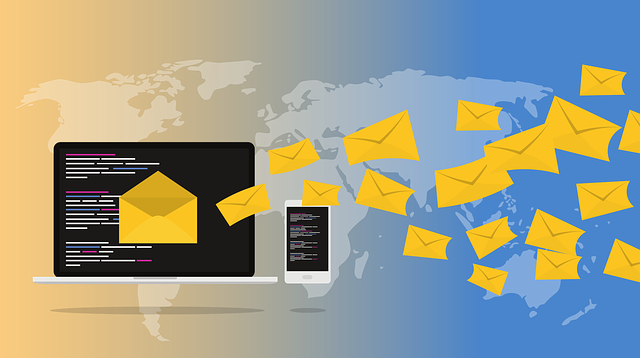Email marketing has become an essential tool for businesses across various industries, and the healthcare industry is no exception. In today’s fast-paced digital world, email marketing allows healthcare organizations to effectively reach and engage with their target audience, while also driving patient acquisition and retention.
However, the effectiveness of email marketing in the healthcare industry is not without its challenges.
In this article, we will review the effectiveness of email marketing in the healthcare industry, exploring both the benefits and challenges that organizations face. By examining best practices and successful case studies, we will provide valuable insights into how healthcare organizations can optimize their email marketing campaigns. Furthermore, we will delve into the metrics and methods used to measure the effectiveness of email marketing, allowing organizations to gauge the success of their efforts.
As the healthcare industry continues to evolve, we will also explore future trends in email marketing, highlighting the innovations and strategies that will shape the industry’s approach to engaging patients and healthcare professionals.
Join us as we dive into the world of email marketing in the healthcare industry and uncover its true potential.
Key Takeaways
- Email marketing is essential for businesses in the healthcare industry as it allows them to reach and engage with their target audience.
- Personalized messages and content in email marketing enhance patient engagement, satisfaction, and relationships with healthcare providers.
- Email campaigns focused on patient education and awareness have a significant impact on public health and can improve health outcomes.
- Analyzing metrics such as open rates, click-through rates, and conversions, along with ROI and patient engagement analysis, are crucial for measuring the effectiveness of email marketing campaigns in the healthcare industry.
Benefits of Email Marketing in the Healthcare Industry
Email marketing has proven to be highly effective in the healthcare industry due to its ability to efficiently deliver personalized messages to a wide audience, enhancing patient engagement and fostering stronger relationships with healthcare providers.
One of the key benefits of email marketing in the healthcare industry is its contribution to patient retention. By sending regular updates, reminders, and personalized content, healthcare providers can keep patients informed and engaged, ultimately increasing their loyalty and likelihood of staying with the practice.
Additionally, personalized content allows healthcare providers to tailor their messages to the specific needs and interests of individual patients, leading to a more personalized and relevant experience. This not only improves patient satisfaction but also strengthens the bond between patients and healthcare providers.
However, while email marketing offers numerous advantages, it also comes with its own set of challenges in the healthcare industry.
Challenges of Email Marketing in the Healthcare Industry
Navigating the treacherous waters of the healthcare realm, the challenges that arise in the realm of digital communication can be likened to a turbulent sea, where the currents of privacy concerns and regulatory restrictions threaten to capsize even the most well-intentioned marketing campaigns.
In the healthcare industry, email marketing faces unique hurdles due to strict regulatory restrictions and heightened concerns about data privacy. Healthcare organizations must comply with regulations such as HIPAA, which protect patient data and limit the use of personal information for marketing purposes.
Additionally, healthcare consumers are increasingly cautious about sharing their personal information online, making it more challenging to build trust and engage them through email campaigns.
To overcome these challenges, healthcare marketers need to adopt best practices that prioritize data security, transparency, and personalized communication. By doing so, they can navigate the regulatory landscape and build meaningful connections with their audience, ultimately leading to successful email marketing campaigns.
Best Practices for Email Marketing in the Healthcare Industry
Maximize the impact of your healthcare campaigns by implementing best practices that ensure data security, foster trust, and deliver personalized communication.
In the healthcare industry, crafting compelling subject lines is crucial to capture the attention of busy professionals and patients. Effective subject lines are concise, relevant, and convey the value of the email content.
Additionally, segmentation strategies are essential for targeting specific audience segments with tailored messages. By segmenting your email list based on demographics, interests, or previous interactions, you can deliver more personalized and relevant content, increasing engagement and conversion rates.
Utilizing these best practices will not only enhance the effectiveness of your email marketing efforts but also strengthen relationships with your audience.
Transitioning into the subsequent section about ‘case studies: successful email marketing campaigns in the healthcare industry’, explore real-life examples of organizations that have achieved remarkable results through their email marketing initiatives.
Case Studies: Successful Email Marketing Campaigns in the Healthcare Industry
When it comes to promoting health and wellness services, email marketing has proven to be an effective tool in the healthcare industry.
By sending targeted emails to specific patient groups, healthcare providers can inform and educate individuals about the various services available to them.
Additionally, appointment reminders and follow-ups can greatly improve patient satisfaction and reduce missed appointments.
Lastly, email campaigns focused on patient education and awareness have the potential to have a significant impact on public health by providing valuable information and resources to patients.
Promoting Health and Wellness Services
Promoting health and wellness services through email marketing is like unleashing a powerful tsunami of life-changing information directly into people’s inboxes. It allows healthcare providers to effectively educate and engage with their audience, ultimately leading to improved disease prevention and mental health promotion. By delivering targeted content, such as tips for preventing diseases and promoting mental well-being, email marketing campaigns can empower individuals to take control of their health. Additionally, email newsletters can serve as a platform to share success stories, testimonials, and expert advice, further motivating recipients to prioritize their well-being. To illustrate the potential impact of email marketing in promoting health and wellness services, consider the following table:
| Benefits of Email Marketing for Health and Wellness Services | ||
|---|---|---|
| Increased awareness | Enhanced patient engagement | Improved health outcomes |
With the ability to reach a large audience and deliver personalized messages, email marketing can effectively promote health and wellness services. Transitioning into the subsequent section about appointment reminders and follow-ups, healthcare providers can maximize the benefits of email marketing by utilizing it as a tool for seamless patient communication.
Appointment Reminders and Follow-ups
Now that we’ve discussed promoting health and wellness services through email marketing in the healthcare industry, let’s dive into another important aspect: appointment reminders and follow-ups.
Effective appointment scheduling and patient communication are crucial in ensuring smooth operations within healthcare organizations. Email marketing can play a pivotal role in this area by providing timely reminders for upcoming appointments and following up with patients after their visits.
Here are five ways email marketing can improve appointment management and patient communication:
- Sending automated appointment reminders to reduce no-show rates.
- Providing pre-appointment instructions to help patients prepare for their visits.
- Sending post-visit surveys to gather feedback and improve patient satisfaction.
- Sharing educational resources related to specific health conditions or treatments.
- Offering personalized follow-ups to address any concerns or questions patients may have.
By leveraging email marketing effectively, healthcare providers can enhance their appointment management processes and strengthen patient communication.
This leads us to the next section, where we’ll explore patient education and awareness campaigns.
Patient Education and Awareness Campaigns
Engage your patients and raise awareness about important healthcare topics through patient education and awareness campaigns. By utilizing email marketing, you can effectively deliver personalized content that educates and informs your patients.
Patient engagement is crucial in improving healthcare outcomes, and email campaigns provide a direct and efficient way to reach your audience. Through educational emails, you can share information about preventive care, chronic disease management, and the latest advancements in healthcare. By tailoring the content to the specific needs and interests of each patient, you can ensure that the information resonates with them and motivates them to take action.
Furthermore, email marketing allows you to track and measure engagement metrics such as open rates, click-through rates, and conversions, providing valuable insights into the effectiveness of your campaigns.
Transitioning into the next section, measuring the effectiveness of email marketing in the healthcare industry involves analyzing these metrics to optimize future campaigns.
Measuring the Effectiveness of Email Marketing in the Healthcare Industry
When it comes to measuring the effectiveness of email marketing in the healthcare industry, there are several key metrics that you should track. These include open rates, click-through rates, and conversion rates.
Analyzing the return on investment (ROI) and patient engagement is also crucial in determining the success of your email campaigns.
Additionally, using A/B testing can help you make data-driven decisions and improve your email marketing results.
Key Metrics to Track
Tracking key metrics is like using a compass to navigate through the vast sea of email marketing in the healthcare industry. By tracking engagement metrics, healthcare organizations can gain valuable insights into the effectiveness of their email campaigns. These metrics allow them to optimize their campaigns and ensure they are reaching their target audience effectively. Three key metrics to track are open rate, click-through rate, and conversion rate. Open rate measures the percentage of recipients who open the email, indicating the level of interest generated. Click-through rate measures the percentage of recipients who click on a link within the email, showing the effectiveness of the email content. Finally, conversion rate measures the percentage of recipients who take the desired action, such as scheduling an appointment or making a purchase. By analyzing these metrics, healthcare organizations can make data-driven decisions to improve their email marketing strategies and ultimately enhance ROI and patient engagement. Transitioning into the subsequent section, analyzing ROI and patient engagement provides further insights into the effectiveness of email marketing campaigns.
Analyzing ROI and Patient Engagement
By delving into the data, healthcare organizations can uncover the treasure trove of insights that analyzing ROI and patient engagement in their email campaigns can provide.
Understanding the return on investment (ROI) of email marketing efforts is essential for healthcare organizations to gauge the effectiveness of their campaigns. Additionally, analyzing patient engagement metrics such as open rates, click-through rates, and conversion rates can provide valuable insights into the effectiveness of email communication in improving patient satisfaction.
By segmenting email lists based on demographics, preferences, and past interactions, healthcare organizations can deliver personalized and targeted content that resonates with patients. This approach not only increases engagement but also enhances the patient experience. Moreover, it allows healthcare organizations to tailor their email campaigns to specific patient populations, ultimately improving patient satisfaction and overall campaign performance.
Transitioning into the subsequent section about ‘using A/B testing to improve results,’ healthcare organizations can further optimize their email marketing efforts.
Using A/B Testing to Improve Results
To enhance the success of their email campaigns, healthcare organizations can employ A/B testing as a valuable tool to uncover the golden key that unlocks higher engagement rates and improved patient satisfaction.
A/B testing involves creating two different versions of an email and sending them to different segments of the target audience. By comparing the performance of each version, organizations can determine which elements are most effective in driving engagement and optimizing subject lines.
This data-driven approach allows healthcare organizations to make informed decisions based on real-time feedback and adjust their email marketing strategies accordingly.
As we look towards future trends in email marketing for the healthcare industry, A/B testing will continue to be a crucial component in improving engagement and ensuring that patients receive relevant and impactful content.
Transitioning into the next section, let’s explore the emerging technologies that will shape the future of email marketing in healthcare.
Future Trends in Email Marketing for the Healthcare Industry
Imagine how email marketing in the healthcare industry will revolutionize patient communication and engagement in the near future. Personalization strategies and integrating social media will play a crucial role in enhancing the effectiveness of email marketing campaigns. By tailoring email content to individual patients’ needs and preferences, healthcare organizations can deliver more relevant and engaging messages. This not only improves patient satisfaction but also increases the likelihood of patients taking the desired actions, such as scheduling appointments or adhering to treatment plans. Moreover, integrating social media platforms into email marketing efforts allows healthcare organizations to expand their reach and engage with patients in a more interactive and dynamic manner. By leveraging the power of social media, healthcare marketers can encourage patients to share their experiences, advocate for their health, and participate in online communities, fostering a sense of belonging and empowerment.
To illustrate the potential impact of these strategies, consider the following table:
| Personalization Strategy | Benefits |
|---|---|
| Tailoring content based on patient preferences | Higher open and click-through rates |
| Sending personalized recommendations based on patient health history | Increased patient engagement and satisfaction |
| Using behavioral data to trigger automated follow-up emails | Improved patient communication and adherence to treatment plans |
By implementing these personalization strategies and integrating social media into email marketing campaigns, the healthcare industry can revolutionize patient communication and engagement, leading to better health outcomes and a more connected healthcare experience.
Frequently Asked Questions
What are the legal considerations and regulations that healthcare organizations need to be aware of when conducting email marketing campaigns?
When conducting email marketing campaigns in the healthcare industry, healthcare organizations must be aware of legal considerations and regulations.
One crucial consideration is ensuring compliance with the Health Insurance Portability and Accountability Act (HIPAA). HIPAA regulates the use and disclosure of protected health information (PHI), including email communication.
Healthcare organizations must implement appropriate safeguards to protect PHI, such as encryption and secure email platforms. Failure to comply with HIPAA can result in severe penalties and reputational damage.
Therefore, healthcare organizations must prioritize HIPAA compliance when conducting email marketing campaigns.
How can healthcare organizations ensure that their email marketing campaigns are personalized and relevant to their target audience?
To ensure your healthcare email marketing campaigns are personalized and relevant, employ personalization techniques.
Start by segmenting your target audience based on demographics, preferences, and behaviors.
Tailor your content to each segment, using compelling subject lines and personalized greetings.
Incorporate dynamic content that adapts to individual interests and needs.
Leverage data-driven insights to deliver timely and relevant messages.
By creating valuable and personalized content, you can engage your audience and drive better results for your healthcare email campaigns.
What are some common mistakes or pitfalls that healthcare organizations should avoid when implementing email marketing strategies?
When implementing email marketing strategies in the healthcare industry, it’s important to avoid common pitfalls. One common mistake is overwhelming content that can lead to disengagement. To improve engagement, healthcare organizations should focus on incorporating interactive content, such as quizzes or surveys, to keep recipients interested.
Additionally, effective subject lines are crucial in capturing the attention of the target audience. By avoiding overwhelming content and incorporating interactive elements and effective subject lines, healthcare organizations can enhance the effectiveness of their email marketing campaigns.
How can healthcare organizations effectively segment their email lists to deliver targeted messages to different patient groups?
To effectively segment your email lists for targeted messages, utilize patient engagement and email automation tools.
Start by categorizing patients based on demographics, health conditions, and preferences. Use this data to create personalized content that resonates with each group.
Email automation allows you to send relevant messages at the right time, increasing engagement and response rates.
By tailoring your emails to specific patient groups, you can enhance the effectiveness of your email marketing strategy in the healthcare industry.
Are there any specific email marketing tools or platforms that are recommended for healthcare organizations to use for their campaigns?
For email marketing best practices in the healthcare industry, there are several recommended tools and platforms available. These tools offer features such as segmentation, automation, and personalization to deliver targeted messages to different patient groups.
Some popular options include Mailchimp, Constant Contact, and HubSpot. These platforms also provide robust email marketing metrics and analytics, allowing healthcare organizations to track and analyze the effectiveness of their campaigns, such as open rates, click-through rates, and conversions.
Conclusion
In conclusion, email marketing has proven to be a highly effective tool in the healthcare industry. By utilizing targeted campaigns and personalized content, healthcare organizations can engage with patients and drive positive outcomes.
However, it’s crucial to address the challenges associated with email marketing, such as data privacy and deliverability. By following best practices and learning from successful case studies, healthcare marketers can maximize the impact of their email campaigns.
As technology continues to advance, future trends in email marketing will further revolutionize the way healthcare organizations communicate with their audiences, ultimately improving patient care and satisfaction.

